If Lisbon's traffic feels endless to you, it's not just your imagination. The reason? How we move, work, and even have lunch has changed everything.
The End of Traditional Rush Hour
The old logic was simple: Lisbon came to a standstill in the morning, with long, compact queues of cars and buses when workers started at 9 AM, and again in the late afternoon when they left at 5 PM. But shifts in the job market and company organization have altered this pattern. You might have noticed in traffic that these queues are taking longer, and sometimes 10 AM feels like the old 8 AM. There's a reason for that: what we knew as "rush hour" in Lisbon... no longer exists.
In theory, what we have now can be called "peak periods", explains Fernando Nunes Silva, a mobility expert and full professor of Civil Engineering at Instituto Superior Técnico (IST). These are blocks of time, increasingly extended, when car traffic saturates the roads. Today, there is a "rush hour" in the morning between 7:30 AM and 9:30 AM; in the afternoon between 4:30 PM and 8:30 PM; and also between 12 PM and 2 PM, when lunch breaks change the city's flow.

"The banking and financial sector was one of the first to introduce differentiated schedules. This had the consequence of extending the peak period. It was something that started back in the 70s and 80s," he explains. Later came continuous workdays, which allowed many workers to leave earlier, thus spreading the afternoon traffic peaks over several hours.
But the last major change in how we work and use the city happened with the COVID-19 pandemic: teleworking intensified this ongoing transformation. To this day, a significant portion of the population maintains hybrid models, creating weekly and even daily variations in commuting flows.
Additionally, Fernando Nunes Silva says lunch breaks are no longer used in the same way. "It's quite common for people to use lunch periods for other types of activities, and this has created a set of movements during this midday break, let's say, that weren't as significant before."
Alongside personal mobility, there's also an "invisible" traffic that fuels peak periods: services, deliveries, and urban logistics. With the growth of e-commerce, thousands of vans circulate daily through the city to ensure quick deliveries. These are cars and vans that occupy street space, park in second lanes, and also contribute to congestion.
How Much Time Are We Losing in Traffic?
And there's another reason: the number of cars entering Lisbon daily.
Data from the Institute for Mobility and Transport (IMT), cited in May 2025, indicate that more than 390,000 cars enter Lisbon daily via main routes—such as the 25 de Abril Bridge, Vasco da Gama Bridge, A5, A8, IC16, IC19, among others. This is approximately 20,000 more cars since 2017, when the estimate was 370,800 daily entries.
Lisbon is now one of the European capitals with the most time lost in traffic jams, according to the Urban Mobility Index. And thus, one of the slowest: within the city, in some central areas, the average speed doesn't exceed 20 kilometers per hour. The Urban Mobility Index rated Lisbon with a score of 4.1/10, placing it 7th among 38 cities evaluated—which effectively indicates relatively high congestion, especially considering the proportion of time lost in commutes (as extra time per 100 km).

So, how much time are we losing in traffic?
According to data company INRIX, each driver in the city lost about 60 hours stuck in traffic in 2024. That's equivalent to a week and a half of work. This is 5% more than in 2023 and 28% above 2022.
Those living outside Lisbon who need to commute daily face increasingly long journeys, with impacts on rest, family time, and even mental health.
"We have never had congestion like we do now in Lisbon," observes Professor Fernando Nunes Silva. The average speed during rush hour was only 33.8 km/h, dropping to 13.7 km/h for Carris buses, the lowest since 2004. The city still moves, of course, but increasingly slowly.
Other studies, with differently calculated indices, place Lisbon with moderate congestion levels in the European context. In the TomTom Index 2024, it appears with a congestion level of 26%, sharing the third-best position in the European Union with Copenhagen and Amsterdam.
In any scenario, Lisbon is going against the trend in Europe. Paris, for example, reduced the number of cars in the center by 45% since 2001. London reinforced congestion charges and low-emission zones. Copenhagen and Amsterdam placed the bicycle at the center of urban mobility.
But the difference of 20,000 cars since 2017 in Lisbon, the expert says, doesn't alone explain the severity of the situation: the problem lies in the "combination of more cars, more non-essential trips, slow public transport, and a road network that no longer has the capacity to absorb so much demand."
Did you know...? In 1981, cars represented only 14% of trips, and public transport played the central role in the city's mobility—67%.
The Relationship with the South Bank
Thus, "rush hour" has transformed into "peak life." Lisbon no longer lives congested only at two moments of the day; it lives with short intervals of fluidity.
On the 25 de Abril Bridge, for example, traffic jams start around 3 PM and extend until 8:30 PM. "Nowadays, by 3 PM, problems already begin in crossing the Tagus. From 4 PM onwards, it's practically a permanent congestion until 8 PM," recalls the expert.
It is now the biggest symbol of metropolitan traffic, where every day more than 150,000 vehicles cross the Tagus. The result is a true road collapse, making the Tagus crossing an exercise in patience... and resignation.
How BUS Corridors Can Help
What does this have to do with the transport we choose to use? "Well, people with more rigid work schedules are typically those who use public transport the most. Both are people with fewer qualifications or those who require equivalent presence at the workplace or from the workplace, and if you analyze, for example, peak periods at Carris in Lisbon, or at Carris Metropolitana, which is more important, they are more determined and concentrated in time than what exists, for example, in individual transport."
While "individual transport is more spread out throughout the day," the differential between peak periods and the rest of the time is smaller in the case of collective transport, explains the expert.
Reduced-price Navegante passes were introduced (€30 for Municipal and €40 for Metropolitan), free passes were expanded to all youth up to 23 years, and Carris continues with plans to increase the fleet (75 new compressed natural gas buses in 2025). But more vehicles, in themselves, don't seem to solve the problem. On one hand, the policy democratized access to transport, attracting thousands of new users to metro, buses, and suburban trains; on the other, it showed that infrastructures weren't prepared, with overcrowding and frequent delays in transport.
Carris shows that buses have never been slower, especially affecting those who depend on public transport to get to work or school. In 2024, the average speed of Carris buses hit an all-time low: it was 13.7 kilometers per hour. The solution may lie in expanding the BUS corridor network and giving priority at traffic lights to public transport.
Collective transport can only be competitive if it's faster and more predictable than the car, something Lisbon hasn't yet managed to guarantee. One discussed solution is to increase (and enforce) the so-called "BUS corridors," which give priority to collective transport (which can carry 80 to 155 passengers) over individual transport (which carries an average of 1.61 passengers) on the roads.
The Portuguese capital is following a path inverse to other European cities like London, Amsterdam, or Paris—where in 2024, there were already more bicycles than cars circulating. They invest in restrictions for cars and in fast collective transport.
In Lisbon, the car continues to have significant weight in the city's dynamics. Which, moreover, makes it difficult to meet the carbon neutrality goals Lisbon set for 2030. The target defined in MOVE 2030 (the city's strategic urban mobility plan) indicates that by that year, Lisbon must see car usage reduced to a maximum of 34% of trips made.








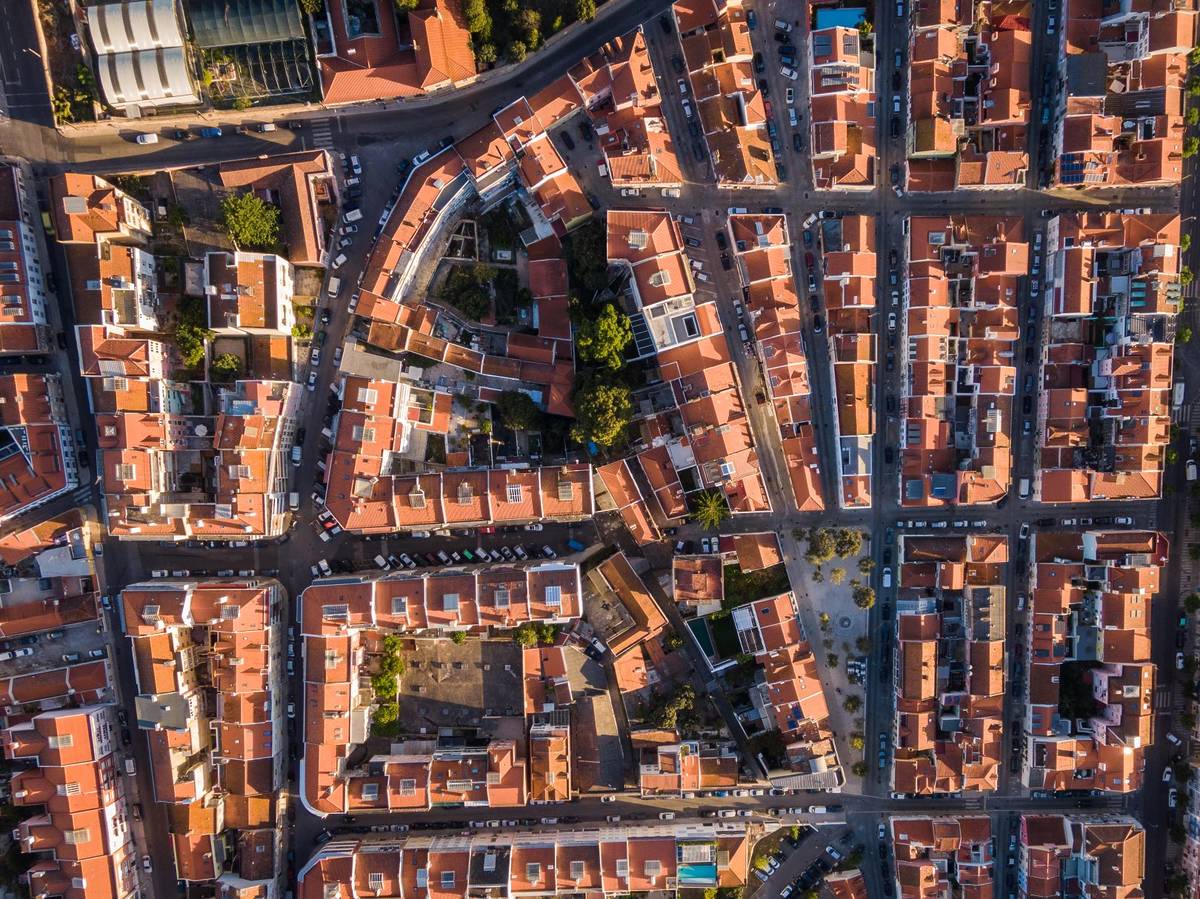
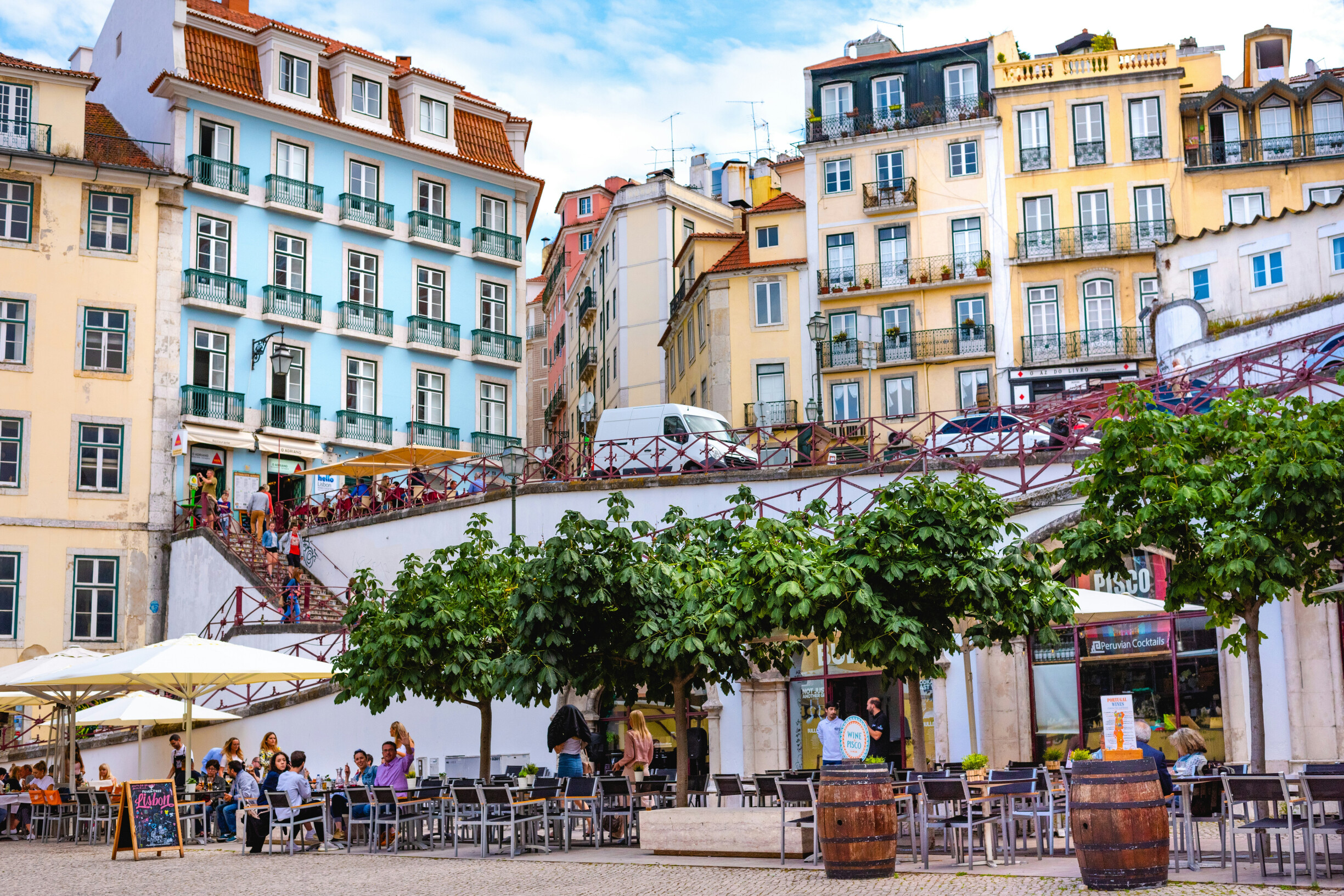







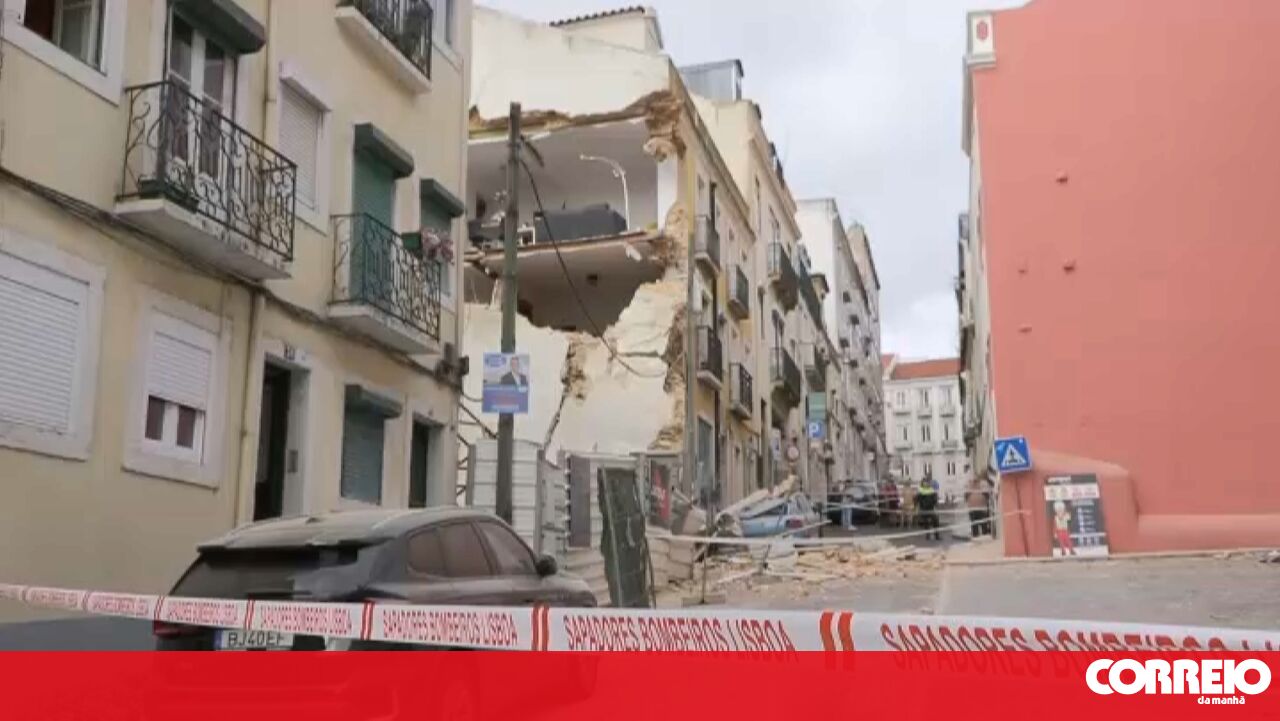
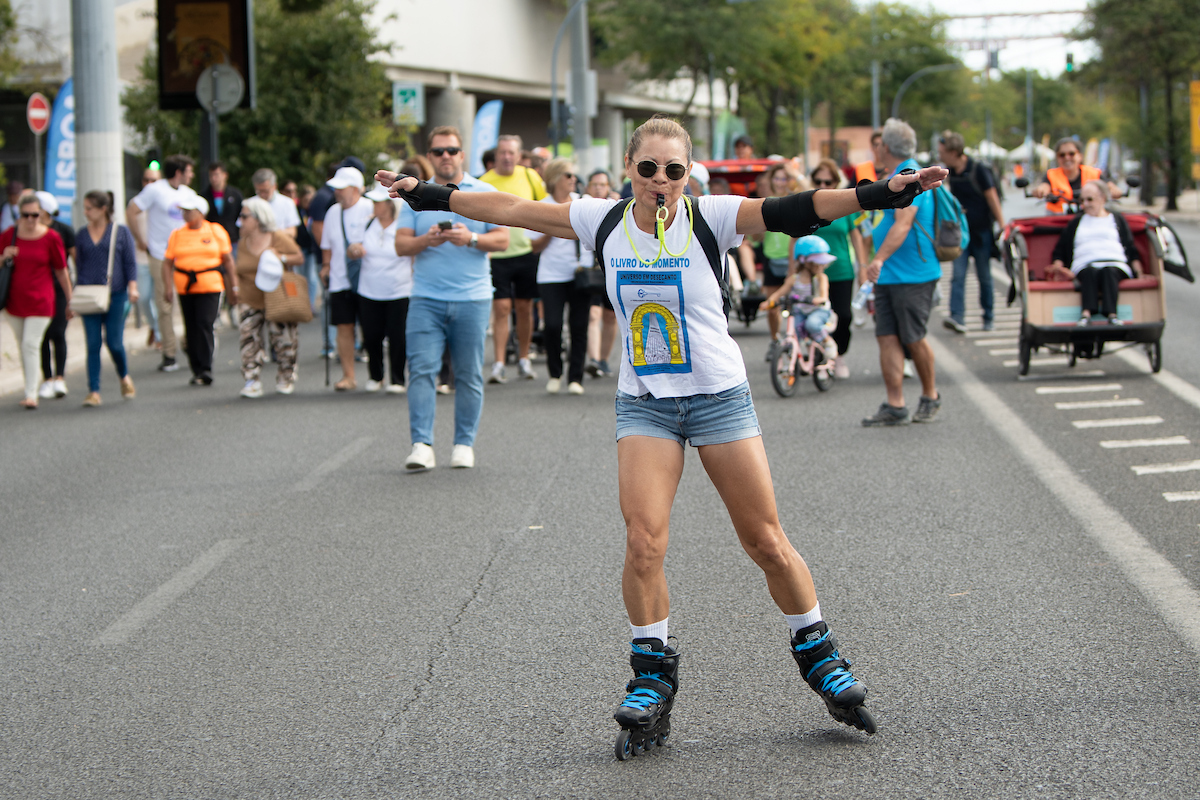

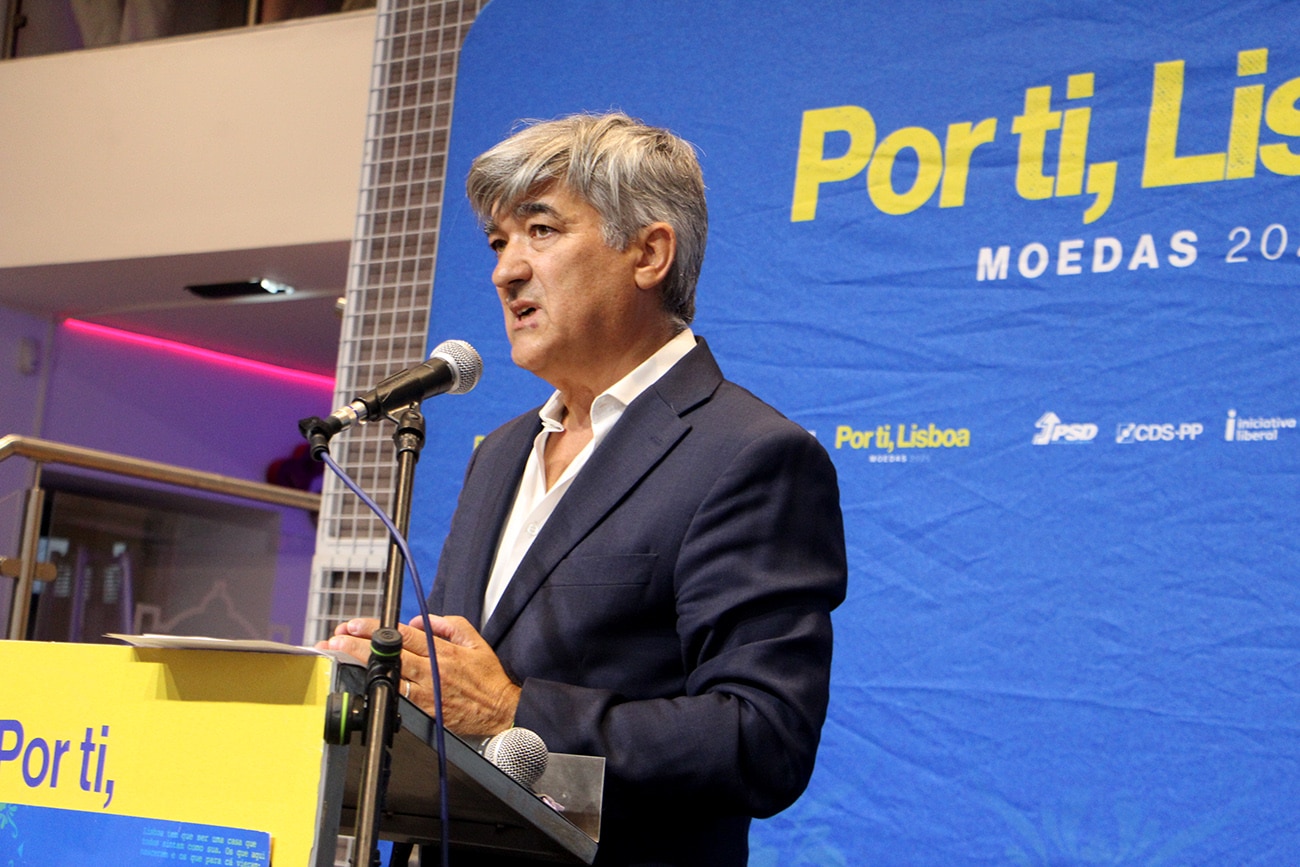






Comments
Join Our Community
Sign up to share your thoughts, engage with others, and become part of our growing community.
No comments yet
Be the first to share your thoughts and start the conversation!